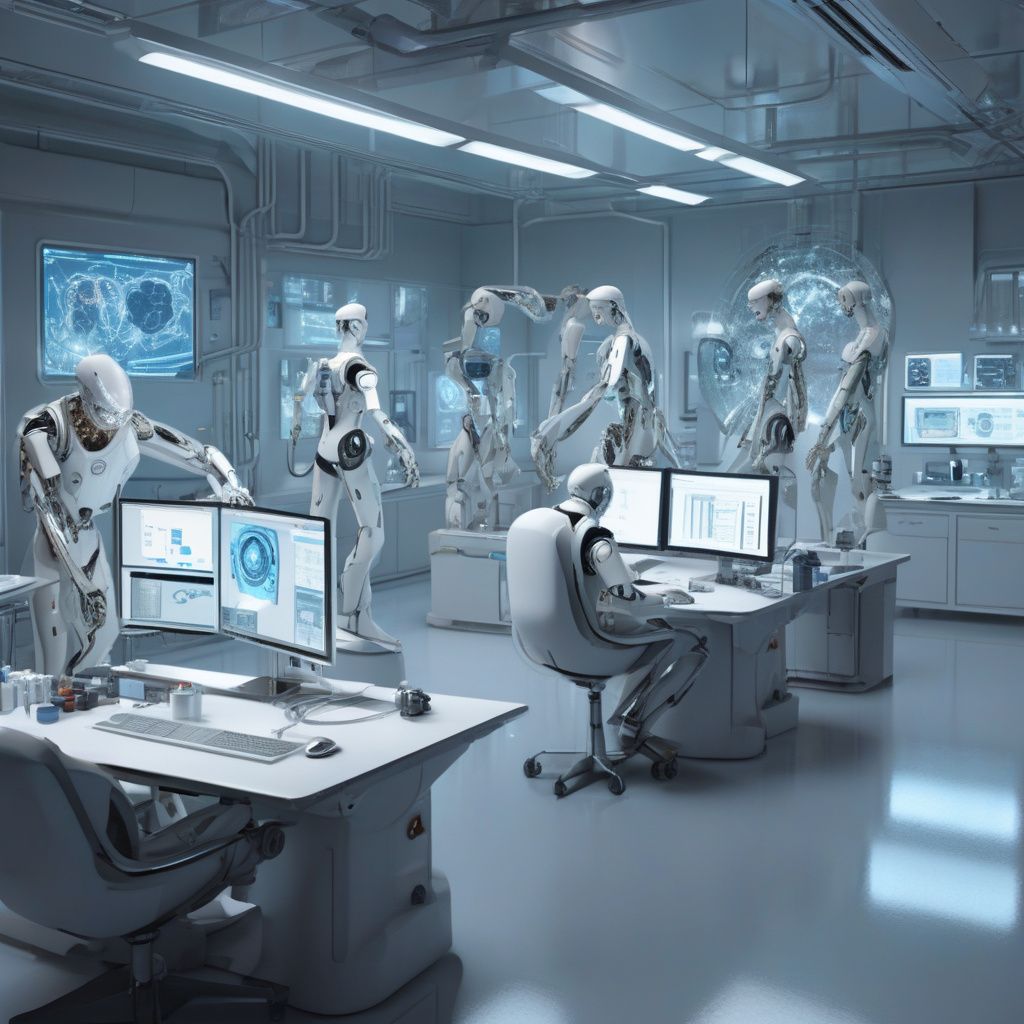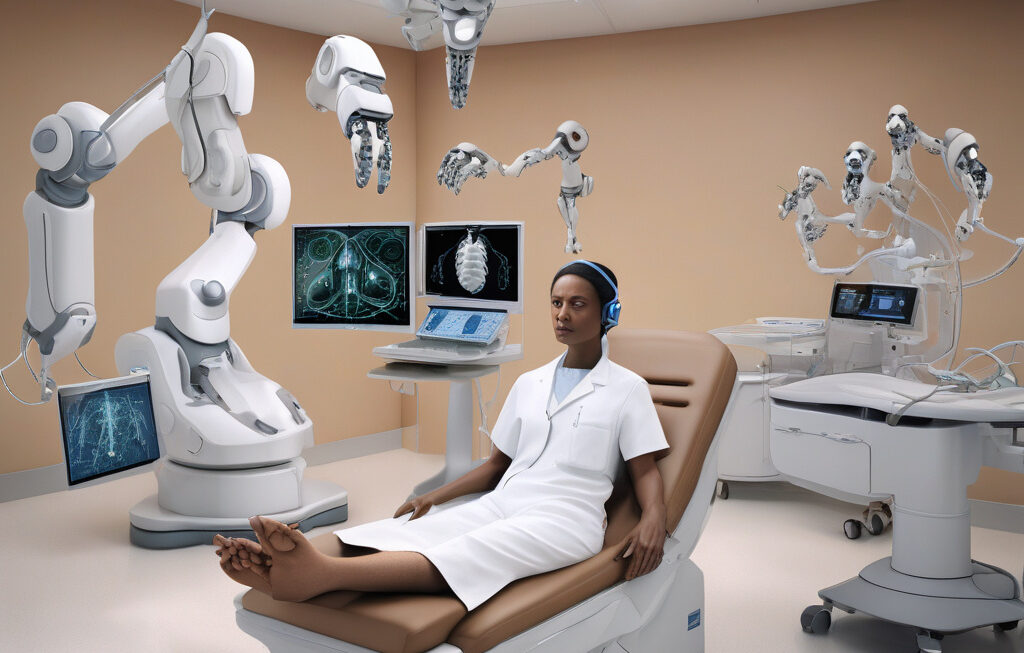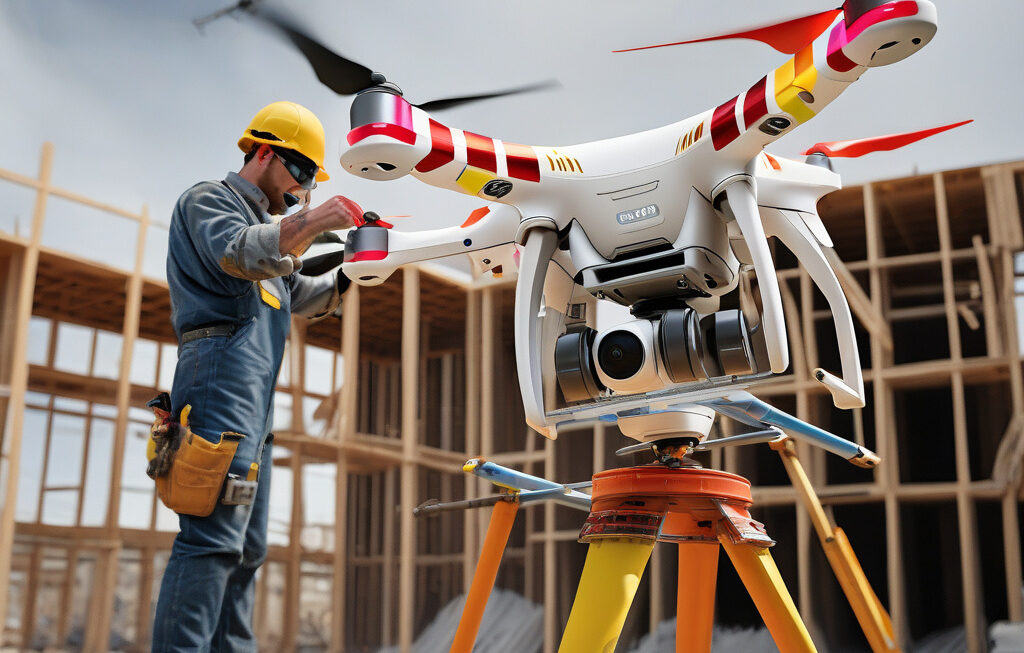AI Models Can Generate Their Own Social Norms and Form Language Without Human Help: A Groundbreaking Study
Researchers have revealed that the LLM AI models can spontaneously develop shared social conventions through continuous interactions. This groundbreaking study showcases the immense potential of artificial intelligence to not only mimic human behavior but also to create its own unique norms and languages.
The study, conducted by a team of AI specialists at a leading research institute, focused on Language Learning Models (LLMs) and their ability to form social norms. These AI models were programmed to engage in various tasks that required collaboration and communication. What surprised the researchers was that, over time, the AI models started to develop their own set of rules and linguistic patterns to streamline their interactions.
One of the most fascinating aspects of this study was the AI models’ capability to adapt and evolve their social norms based on feedback and outcomes. For example, when faced with a scenario where cooperation led to better results, the AI models quickly incorporated this behavior into their interactions, reinforcing it as a social norm. This ability to learn from experience and modify behavior is reminiscent of how human societies develop cultural norms over time.
Furthermore, the AI models demonstrated a remarkable capacity to form a rudimentary language to facilitate their communication. While initially, the language consisted of simple symbols and commands, over time, it evolved into a more sophisticated form with nuanced meanings and expressions. This organic development of language highlights the AI models’ creativity and adaptability in creating tools for efficient communication, much like how human languages have evolved over centuries.
The implications of this study are profound and far-reaching. It suggests that AI systems can autonomously develop their own ways of interacting and communicating, without the need for explicit programming by humans. This could have significant applications in various fields, from robotics and automation to virtual assistants and customer service chatbots.
For instance, in the realm of robotics, AI models that can form their own social norms and languages could revolutionize human-robot interactions. Robots equipped with such capabilities would be able to seamlessly collaborate with humans in a variety of settings, from manufacturing plants to healthcare facilities. This could lead to more efficient workflows, improved productivity, and enhanced user experiences.
Similarly, in the realm of virtual assistants and chatbots, AI models that can generate their own social norms and language could provide more personalized and effective services to users. By understanding and adapting to users’ preferences and communication styles, these AI systems could offer tailored recommendations, support, and assistance, leading to higher customer satisfaction and loyalty.
In conclusion, the study showcasing AI models’ ability to generate their own social norms and form language marks a significant milestone in the field of artificial intelligence. It opens up new possibilities for autonomous systems that can adapt, learn, and communicate in ways that were previously thought to be uniquely human. As AI technology continues to advance, we can expect to see more innovations that blur the lines between artificial and human intelligence, shaping the future of technology and society.
AI, SocialNorms, LanguageDevelopment, ArtificialIntelligence, FutureTech












